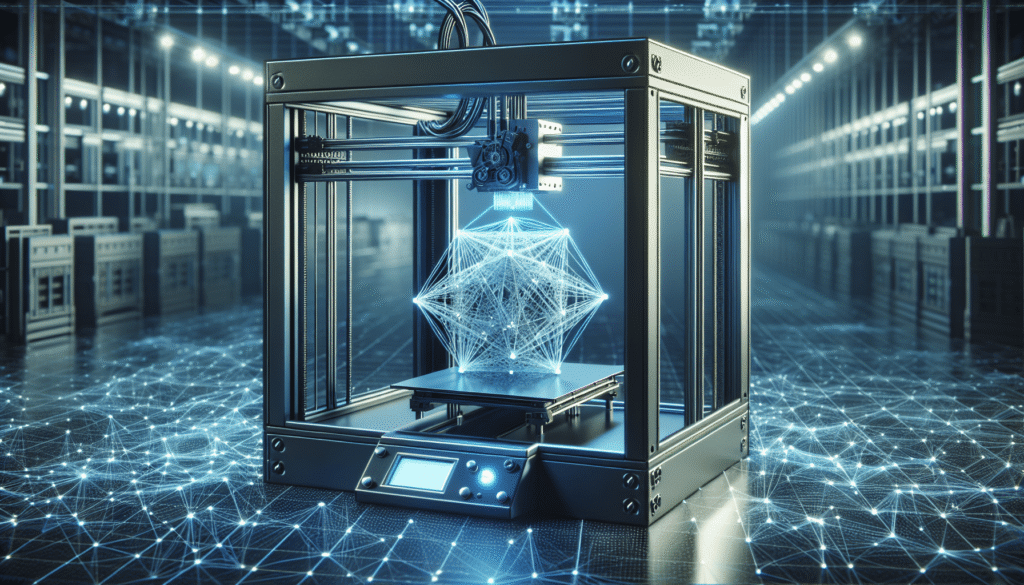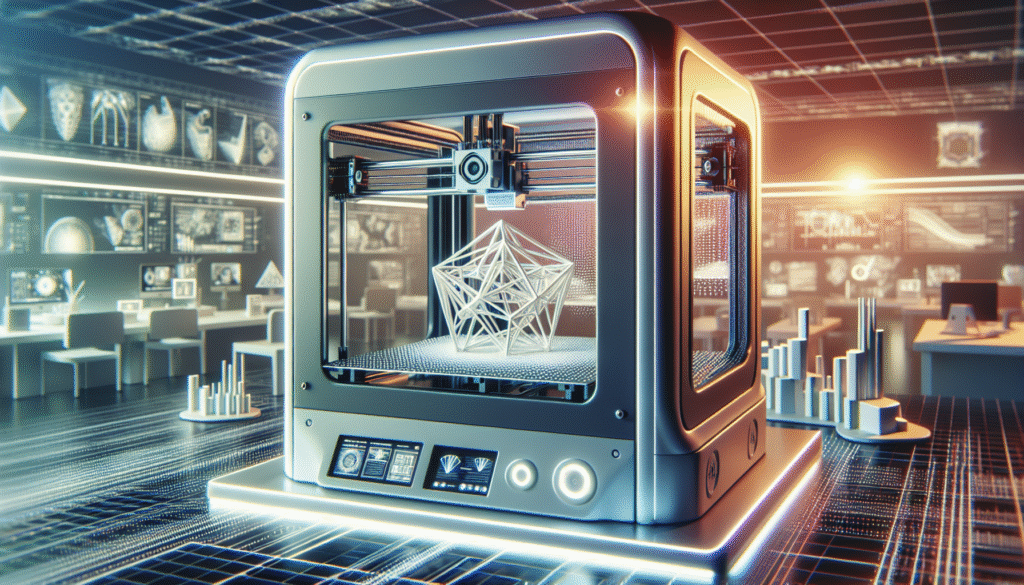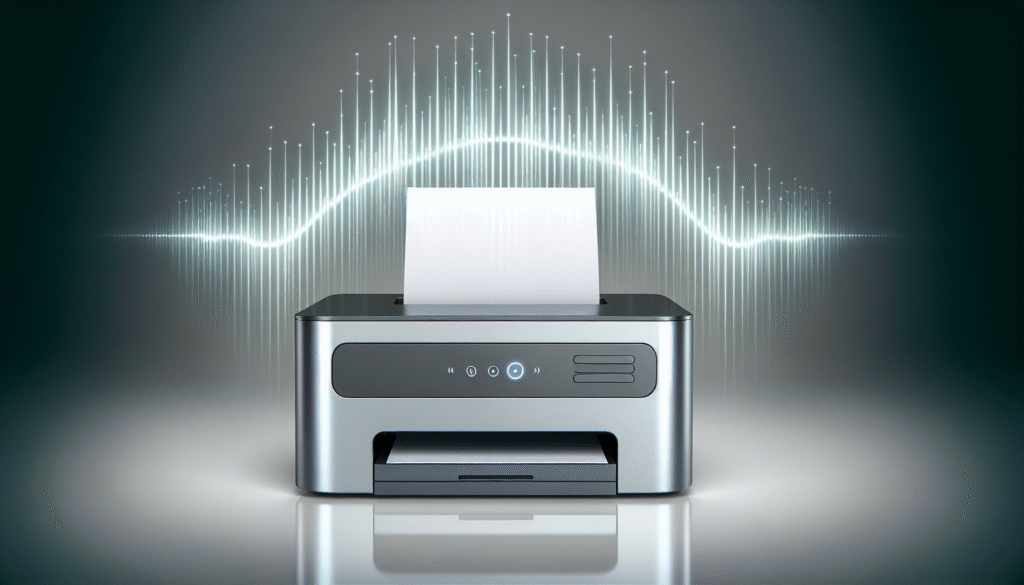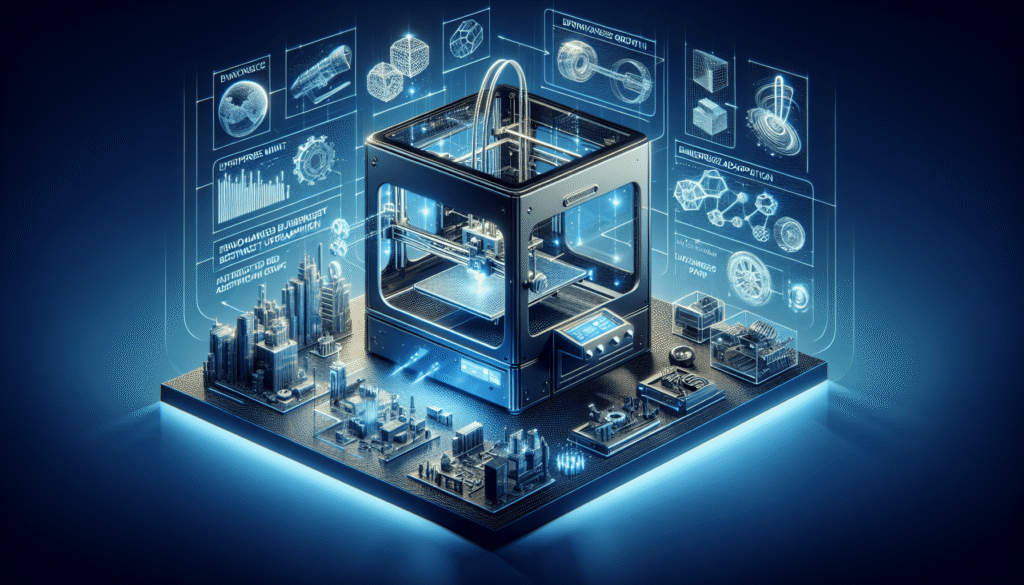Have you ever wondered about the magic of making things with just the click of a button? Not long ago, the idea of transforming digital designs into physical objects seemed like something out of a sci-fi movie. But here we are! The realm of 3D printing has evolved dramatically, especially with the integration of the Internet of Things (IoT), opening up a whole new world of possibilities. Let’s delve into this innovative space of IoT-enabled 3D printers and explore how these connected devices are revolutionizing smart manufacturing.

The Evolution of 3D Printing
To appreciate what IoT brings to the table, let’s take a brief journey down memory lane. Remember when 3D printers were bulky and reserved for industries with deep pockets? Back then, the idea of desktop 3D printers for personal or smaller commercial use seemed like a far-off dream. But then, advances in technology had a way of speeding things up. As costs dropped and accessibility improved, 3D printing began to infiltrate various sectors, from automotive to healthcare.
From Concept to Three-Dimensional Reality
The process of 3D printing itself is fascinating. Imagine starting with a mere concept, turning it into a digital model, and finally watching it come to life layer by layer. This transformative process involves additive manufacturing, where material is added sequentially to create an object. Unlike traditional subtractive methods, the additive approach minimizes waste, making it an eco-friendly option. Yet, for all its innovation, 3D printing wasn’t without its challenges. Material flexibility, speed, and precision were early hurdles that needed refining.
The Integration of IoT and 3D Printing
Now, let’s pivot to the merger of 3D printing with IoT. What exactly is IoT, you ask? Simply put, the Internet of Things refers to the network of physical objects embedded with sensors, software, and other technologies to connect and exchange data with other devices and systems over the internet. This connectivity opens up a world of personalization, precision, and optimization previously unimaginable.
How IoT Enhances 3D Printing
The fusion of IoT with 3D printing is nothing short of revolutionary. Here are some key aspects in which IoT amplifies the capabilities of 3D printers:
-
Remote Monitoring and Control: IoT allows users to operate 3D printers from anywhere via smartphones, tablets, or computers. Need to check on a print’s progress or make adjustments on the fly? IoT has got it covered.
-
Predictive Maintenance: With IoT sensors embedded, printers can alert users about potential problems before they become costly repairs. Maintenance schedules can be automated, reducing downtime and prolonging the life of machines.
-
Improved Efficiency: IoT facilitates better resource management. Sensors can track the amount of material used in real-time, ensuring efficient use of resources.
-
Data-Driven Decisions: The data collected by IoT-enabled 3D printers provide valuable insights into production trends, performance metrics, and areas for improvement, empowering users to make informed decisions.
A Table Breakdown: IoT Features in 3D Printing
| IoT Feature | Benefit |
|---|---|
| Remote Access | Manage and monitor prints anywhere |
| Predictive Maintenance | Reduce unexpected downtimes |
| Resource Optimization | Ensure efficient use of materials |
| Data Analytics | Gain insights for informed decision-making |

Smart Manufacturing: The New Industrial Revolution
You might be thinking, “Okay, but how does this all play into the bigger picture?” Enter smart manufacturing, where the role of IoT-enabled 3D printers cannot be overstated. This modern manufacturing approach leverages advanced technologies to enhance productivity, reduce waste, and refine production processes.
Key Benefits to the Manufacturing Sector
Incorporating IoT-enabled 3D printers into smart manufacturing strategies offers numerous benefits:
-
Customization at Scale: Production processes can be easily adjusted to meet individualized specifications without disrupting overall operations.
-
Reduction in Production Costs: By optimizing material use and minimizing errors, manufacturers can produce more with less, reducing both material costs and environmental impact.
-
Flexibility and Adaptability: The ease of switching between different job types or design modifications ensures that manufacturers can respond swiftly to market demands.
Industries Embracing IoT-Enabled 3D Printing
While the opportunities seem boundless, some industries benefit more immediately from this technology than others. Let’s explore a handful of sectors that are leading the charge:
Automotive Industry
Imagine customizing a car by printing components tailored to specific needs. The automotive sector leverages IoT-enabled 3D printing to produce bespoke parts, reduce inventory costs, and improve production lead times.
Healthcare Sector
In healthcare, precision is paramount. IoT-enabled 3D printers are used to create customized medical devices, prosthetics, and even bioprinted tissues with unmatched precision. The ability to tailor solutions to individual patients contributes significantly to improved outcomes.
Aerospace Innovations
For the aerospace industry, the benefits of weight reduction and the ability to create intricate parts cannot be overstated. Here, IoT-enabled 3D printing not only enhances performance but also adheres to strict industry regulations on quality and safety.
Overcoming Challenges
But like any innovation, integrating IoT with 3D printing isn’t without its challenges. Here are a few hurdles faced on this exciting journey:
Data Security Concerns
All these interconnected devices mean an abundance of data exchanged over networks, which can raise security concerns. Strong cybersecurity measures are crucial to protect sensitive design data from potential breaches.
Technical Expertise and Training
Integrating IoT into 3D printing requires technical know-how that isn’t always readily available. Companies must invest in training and education for employees to fully embrace these technologies.
Initial Investment Costs
While long-term savings and efficiencies are notable, the initial investment for IoT-enabled 3D printers and their setup can be significant. Nonetheless, ROI often justifies this upfront expenditure.
Conclusion: Embracing the Future
So here we find ourselves, at the intersection of creativity and cutting-edge technology. IoT-enabled 3D printers are not just a glimpse into the future—they are integral to the manufacturing evolution we’re witnessing today. By embracing these connected devices, industries can unlock new levels of efficiency, customization, and sustainability. As manufacturers and consumers alike recognize the potential, the path forward becomes not just about keeping pace with advancements but actively participating in shaping the future of innovation.
In this remarkable journey, it’s clear that while we’ve come far, we’re truly just getting started. Imagine what comes next.


